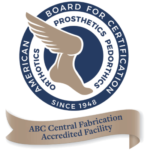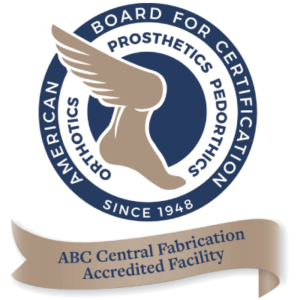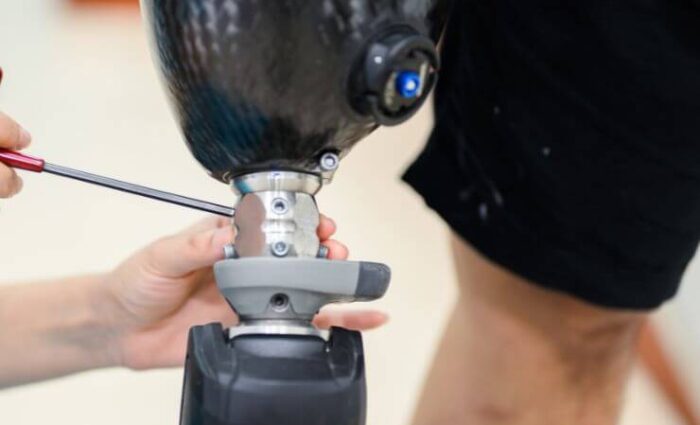When do prosthetic sockets need to be replaced?
Prosthetic sockets are crucial components of prosthetic devices, serving as the interface between the residual limb and the rest of the prosthetic system. One common question among amputees is how often they should replace their prosthetic sockets. The answer varies depending on several factors, including the individual’s lifestyle, changes in residual limb volume, and the quality of the initial socket fit.
In this guide, we’ll delve into the intricacies of prosthetic socket replacement, discussing key considerations and factors that influence the lifespan of prosthetic sockets.
Understanding Prosthetic Sockets
Prosthetic sockets play a pivotal role in the prosthetic development process. They are custom-designed to provide a secure and comfortable fit for the residual limb, enabling optimal function and mobility for the user. However, achieving the perfect socket fit can be challenging due to factors such as residual limb volume fluctuation, socket shapes, and skin breakdown.
Factors Influencing Socket Lifespan
One of the primary factors influencing the lifespan of prosthetic sockets is fit quality. A poor fit can lead to discomfort, skin irritation, and limited mobility. Over time, repetitive use of a poorly fitting socket can exacerbate these issues and may necessitate an early replacement. Regular assessment of the socket fit is essential to identify any signs of discomfort or pressure points that could lead to skin breakdown.
Residual Limb Volume Fluctuation
Changes in residual limb volume are common among amputees and can affect the fit of the prosthetic socket. Factors such as weight loss or gain, changes in activity level, and medical conditions can all contribute to fluctuations in residual limb volume. As a result, amputees may require adjustments to their prosthetic sockets or even replacement with a new custom socket to accommodate these changes.
Long-Term Considerations
For long-term prosthetic users, regular maintenance and periodic socket replacements may be necessary to ensure optimal comfort and functionality. Over time, wear and tear on prosthetic components, including the socket, can impact performance and durability. Additionally, advances in prosthetic technology and design may offer improved options for users seeking better fit and performance.
Specific Considerations for Different Types of Amputations
The frequency of prosthetic socket replacement can vary depending on the type of amputation and the level of limb loss. For knee amputees, factors such as weight bearing and prosthetic alignment play a crucial role in socket longevity. Upper limb sockets may also require periodic assessment and replacement due to the complexity of hand and arm movements.
Custom Socket Solutions
In some cases, amputees may benefit from custom socket solutions designed to address specific fit issues or mobility requirements. While custom sockets may require a higher initial investment, they can provide long-term benefits in terms of comfort and performance.
Contact Grace Prosthetic Fabrication for Prosthetic Socket Development
The frequency of prosthetic socket replacement varies depending on individual factors such as residual limb volume, socket fit, and lifestyle. Regular assessment of the socket fit and maintenance of prosthetic components are essential for ensuring optimal comfort and functionality over the long term.
By staying proactive and working closely with prosthetic specialists, amputees can maximize the lifespan of their prosthetic sockets and enjoy an improved quality of life.






